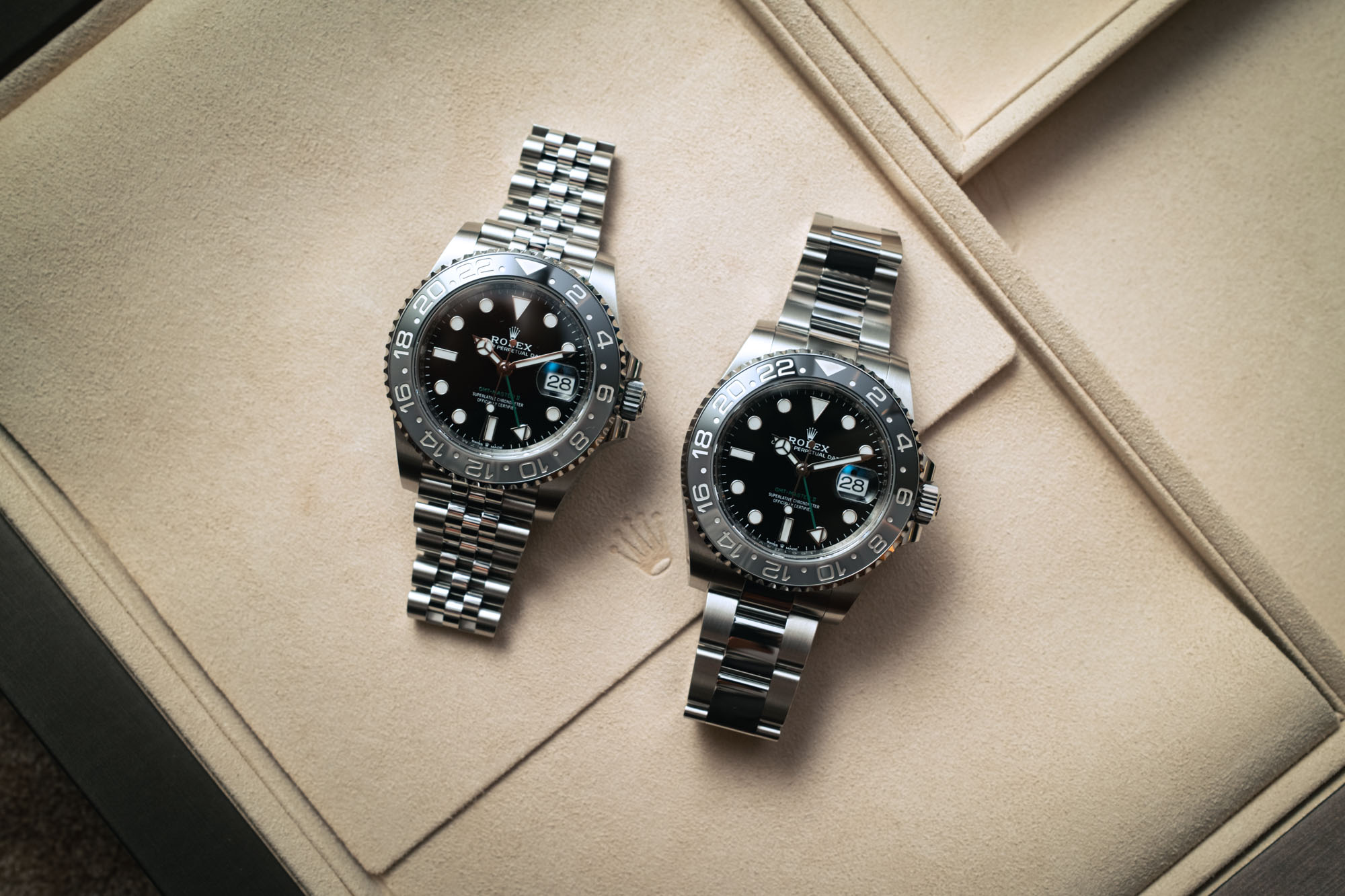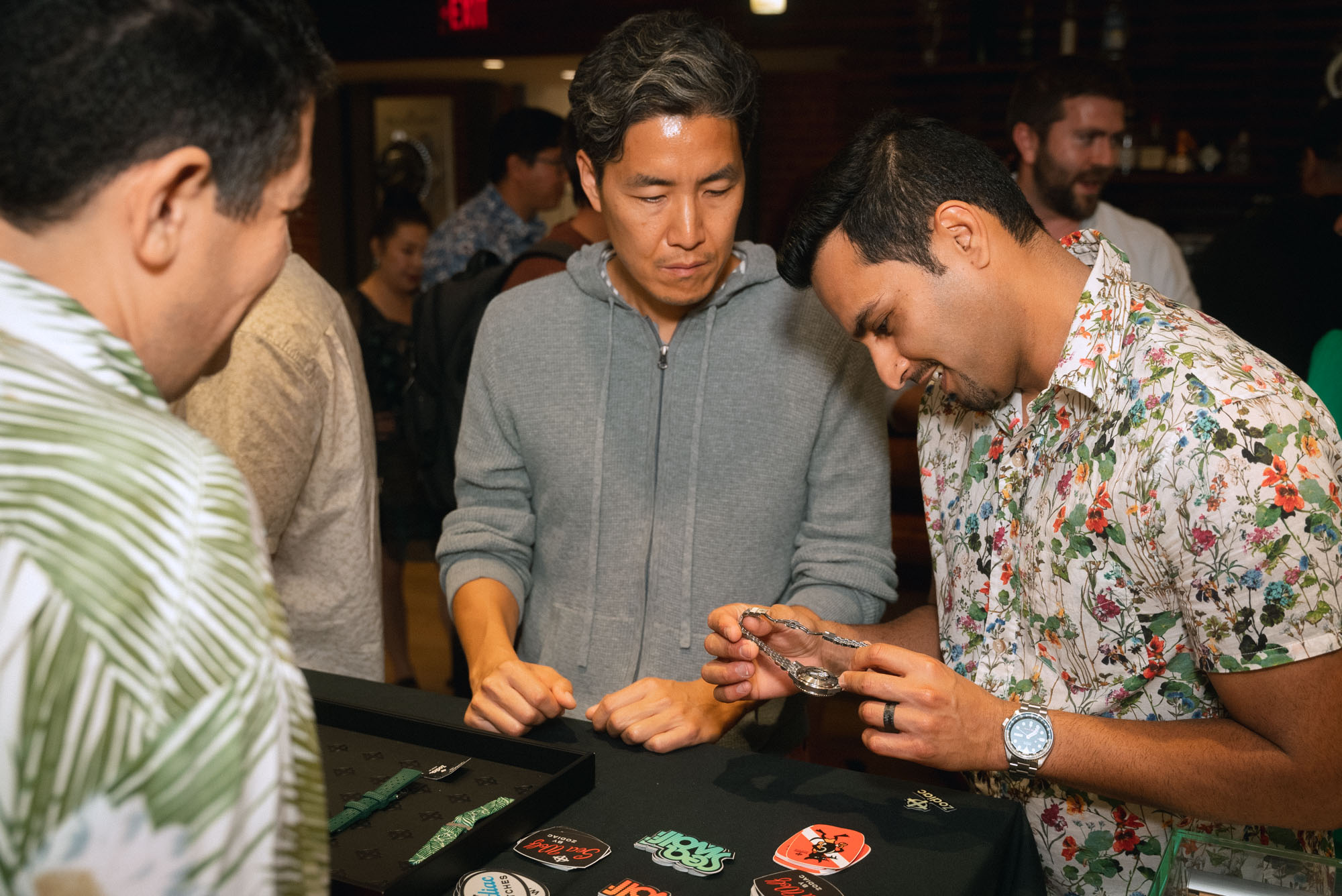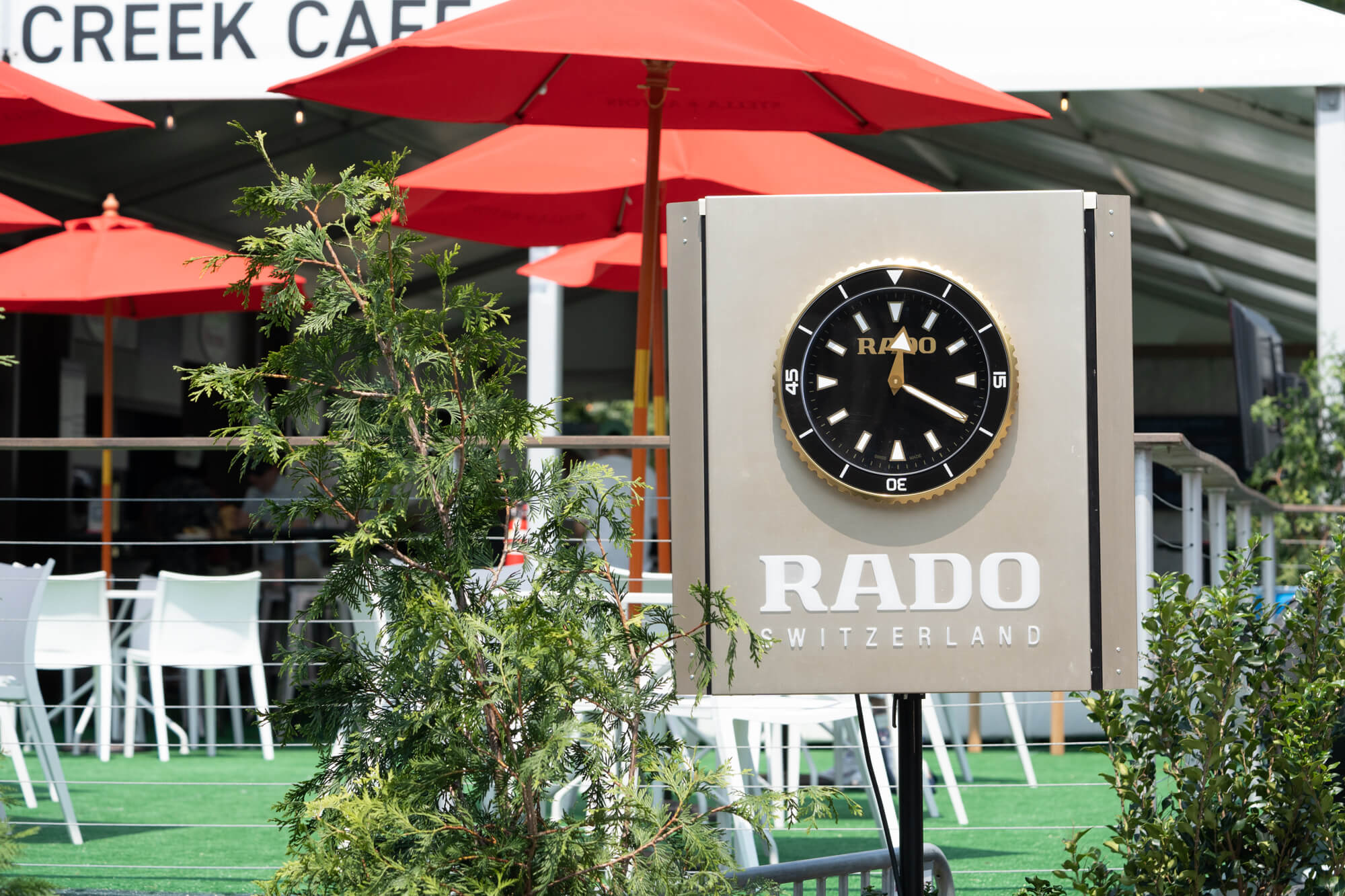Speak to Swiss luxury watch brand sales managers, and the conversation about acquiring new customers sounds a lot like dating. Sales managers discuss wanting to meet young customers who are not only serious, but also serious about going all the way with their product, and soon. There might be big talk about forming long-term relationships, but ultimately they are looking to get lucky in a hurry. Yes, watch brands need sales, and they also need to personally engage with the people they want to sell to. More often than not, however, they might also be in too much of a hurry. Practical wisdom suggests that consumers who eventually buy luxury watches need to go through a process to get there. I’ve discussed this as being a function of the number of “engagement hours” a brand spends with a consumer. Others refer to the number of “touch points” a brand has with a consumer before that consumer makes a purchase decision. A recent study released by the online marketing and insights company NP Digital sheds some light on how many touch points a typical luxury consumer may need before making a purchase decision.

The NP Digital survey in question did not specifically focus on watches or any particular type of product, but rather product price points and whether the interaction was business to business (selling to business clients) or business to consumer (businesses selling to consumers). The survey used information provided by companies that attempt to track the number of touch points consumers have with their brand and products, a level of detailed consumer behavior tracking that is very difficult to accomplish. The responses were segmented by price point and revealed the number of average interactions “touch points” a consumer needed to have with a brand before buying something for four total price point groups that included: a) $100 or less, $101 – 1,000, c) $1,001 – $10,000, and d) $10,001 and above. Clearly, this is relevant to the luxury watch industry. Also worth noting is what the goal of the NP Digital study actually was. The intention was to demonstrate the importance of multi-channel (omnichannel) marketing practices. In other words, they are trying to tell brand marketers to diversify their communication, advertising, and marketing messages as much as possible, and to distribute through as many channels as possible including in-person advertising and hands-on experiences. The idea is that it is very difficult for brands to maintain enough touch points (interactions/engagement) with consumers via any one channel, and thus the only way to even hope for enough touch points with consumers is to use a varied approach and hope that enough of your message salvos reach them.

I’ve made tantamount points to the watch industry. Most recently, I attempted to explain that having your watches sold in a variety of ways (omnichannel sales) is not the same thing as using a variety of platforms to sell your watches. Many people in the watch industry (especially at the most traditional brands) don’t really appreciate the high level of distinction between companies that sell watches (retailers) and companies that talk about watches (media). “Aren’t they all trying to help sell watches?” Well, no, watch retailers are trying to profit by selling people trophies to help celebrate moments of their life; watch media is interested in capturing stories about a hobby and sharing them with other hobbyists and the general public. There is not supposed to be an inherent overlap in these types of businesses. Independent of the NP Digital study, I have discussed the importance of omnichannel marketing for watch brands of all sizes as the only sustainable long-term marketing strategy. It really boils down to making sure consumers are hearing from you, and hearing from you in a variety of ways, all the time. Many marketers boil those engagement instances as “touch points.” That leads back to the question of “touchpoints:” Are Swiss watch brand marketers “touching” consumers enough?
How much touching is enough? Before we look at the data from the study, I want to reference something that aBlogtoWatch has yielded from multiple surveys in the past. On average, it takes people six months or longer to make a decision to purchase a luxury watch after having initially learned about it. The implication is that during that six-month period, they receive enough engagement opportunities with a brand to be pushed into making a purchase decision. Mind you, consumers will not always be able to say “yes” to a purchase decision, but they certainly won’t buy something until they have affirmatively formed the desire for it. Therefore, according to aBlogtoWatch data, in the realm of luxury watch marketing, brands that are reaching consumers with engaging touch points typically need at least six months of touching to get consumers to form a purchase decision.

For watches costing about $10,000 and up, the NP Digital study reveals that the data they collected determined that on average a company needs 23 touchpoints with a consumer prior to making a purchase. Recall that these are tracked touch points and thus not really inclusive of the fuller relationship a consumer has with a brand or product. If they can measure 23 touchpoints, there are almost certainly additional necessary touchpoints happening in the background that cannot be effectively tracked. So, consider the “23” number as being effectively lower than necessary. Although lower-priced products predictably needed fewer touchpoints, it was clear that the more expensive a product is, the more consumers need to carefully weigh a decision or that they simply need more reasons to form a desire.
While people tend to worship data and statistics, I think a natural takeaway from the NP Digital study is that such data is both extremely rare and difficult to compile in a way that allows strong takeaway messages other than, “You can’t hope to really track the effectiveness of all of your marketing, but bad things will happen if you stop.” Marketers test the effectiveness of marketing channels in a world where there is little effective available data by selectively removing marketing and waiting a few months to see what negative effects they have. That is like trying to understand what your arm does by first removing it and then seeing what limitations your body has. Even in our advanced digital era, that is the best tool many marketers have for understanding what advertising and communication channels work for them. This is very important information to consider for watch brand managers who want to prove things will work before trying them. Such proof rarely, if ever, exists. The result? Very few things are attempted because managers harbor the mistaken belief that outcomes of decisions can be predicted through most forms of data analysis. I contend that doing so is a futile exercise, and better “learnings” come as a result of personal experimentation through trial and error.

How long does it take for consumers to have 3, 13, 23, or more touchpoints? More importantly, what counts as a touchpoint or engagement opportunity otherwise? Months if not years is probably the best answer for how long most of these timeframes are. In some instances, a consumer can require decades to have enough touchpoints with a brand to form a purchase desire or actually buy something. That’s why companies like NP Digital and other firms regularly advocate for marketing in many ways and try to distribute or share those marketing experiences through as many different channels as possible (i.e., omnichannel marketing). Even if marketing communication practices involve a degree of blindness, communicating regularly to the public is nevertheless required if consumers are ever going to get around to forming the desire to purchase something from a brand – be it a luxury timepiece maker, or otherwise.
There is no exhaustive list of the ways a company can interact with a consumer or group of consumers. Creativity and originality are crucial to maintaining consumer attention and thus marketers are always inventing new ways to reach and message consumers. With that said, in the world of watches there are a few common and celebrated ways of interacting with consumers. To truly employ an omnichannel approach to timepiece marketing, brands should focus on doing as many of them as possible, as often as possible. With that said, success for some companies involves hyper-specialization in certain forms of marketing and communication over others. The worst thing a brand can do is become indecisive and spend too long not communicating at all. On a basic level, brands need to find consumers where they actually are and offer them something relevant. That translates into everything from putting up advertising where consumers spend their time to inviting consumers to a special event or party you are hosting. Seeing the same advertisements two times probably does not translate into two touchpoints. But seeing a watch on someone else’s wrist, viewing an advertising banner, and trying on a watch in a physical retail location are all separate touch points.

Practically speaking, getting a consumer to engage with a brand four or five times, is a fundamentally different and simpler challenge than getting a consumer to engage with a brand more than 20 times. This is salient because according to the NP Digital study’s data, even lower-priced watches will require at least ten touchpoints with a consumer before they can be feasibly expected to buy. That not only means brands need to invest in many events, advertising campaigns, and media content projects over time, but that they need to “chase” consumers to keep on top of them. Getting a consumer to engage with your brand 20 times at retail stores (for example) is pretty tough. I can’t think of many collectors who went to see the same watch that many times in a store. To get a consumer to pay attention to your brand isn’t just a matter of creating interesting and relevant experiences for them, it is also a process of keeping close to them to ensure your messages actually reach them.
Today, the luxury watch industry is lucky that an enthusiast community exists. Even though watch brands continue to underinvest in supportive luxury watch media overall, its existence means that watch brands have a significantly easier job of reaching the necessary amount of engagement time with consumers so that purchase decisions can be formed. That’s in large part thanks to enthusiast channels like aBlogtoWatch, including a select number of other blogs/magazines and various social media platforms, all of which do the hard work of assembling watch enthusiasts together for conversations about the hobby. Watch brands are in the fortunate position of being able to narrowly target a group of important consumers who have already established an interest in the timepiece hobby. Practically speaking, if most watch brands wanted to reach the same number of watch lovers and didn’t have watch media outlets to do so, it would end up costing the watch brands vastly more money to do so given how much more advertising it would take the reach the same group of people. Watch consumers derive value from this as well because they don’t have to hunt across a number of disparate places to learn about the latest products and ostensibly what people feel about them. While watch brands need to diversify how they achieve their needed engagement time with potential consumers, they can achieve much of it by working closely with enthusiast media publications that serve such an audience.

As the luxury watch industry focuses more on the United States watch market in 2025 and beyond, they must recall two things about Americans. First is that Americans are generally highly skilled consumers. Most Americans are exposed to marketing at a very young age and quickly become skilled at how to interpret messages and discard low-quality or irrelevant ones. Furthermore, Americans expect the brands who want their business to market to them. Americans are taught to give their money to the companies that want it most, not necessarily to the companies that they want items from the most. Therefore, companies who don’t market to a group of consumers, generally won’t have sales success with groups they neglect to form relationships with. The second important truth about the American market is that so much of it is still highly undeveloped when it comes to watch appreciation or basic watch knowledge. Even in big cities, watch appreciation and interest are still rare, though the size of the hobby has grown appreciably in the years since aBlogtoWatch started in 2007. The message here is that consumers often still need to be educated on the basic reasons why watches are cool and what is worth desiring. That means brands have a responsibility not only to inform consumers about their existence but also to help generate content and experiences that explain to consumers why watches are worth desiring in the first place. Very few consumers become immediately enamored with watches the first time they see a nice one. More touchpoint time is needed for a vast number of American consumers to become interested in the timepiece collecting hobby in the first place.
Swiss, German, American, Japanese, and other nations’ watch brands all probably need to be touching consumers more. Doing so 10, 20, 30, or more times can have the happy result of a purchase decision being made. The danger is not touching enough is losing on sales that would otherwise happen if only a consumer was able to engage with a brand longer. Many consumers spend their money elsewhere or die before ever coming around to make a decision about a luxury watch. If that same consumer simply benefitted from more frequent interaction points with a watch brand and its products, then more sales could be made. I’d love to hear thoughts in the comments below about this topic both from the people who sell watches and the people who buy them.

